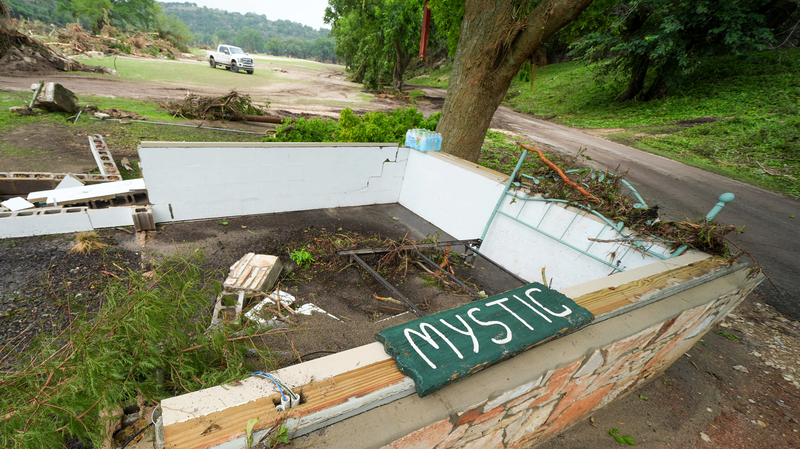Devastating flash floods in Texas have left over 100 lives lost, including the heart-wrenching case of 27 young girls at a popular summer camp. Rescue teams and local communities are now working tirelessly amid chaos, while questions about preparedness and infrastructure grow louder.
Many experts point to drastic cuts and workforce shortages at key agencies such as the National Weather Service and NOAA, which have been hard hit by budget reductions and layoffs. These agencies play a critical role in forecasting and disaster management, and several vacancies in local offices have raised concerns about the ability to effectively warn the public during extreme weather events.
Critics argue that the widespread cuts have weakened the nation’s capacity to handle such rare but catastrophic events – a concern that resonates globally, especially with our own experiences during unpredictable monsoons and floods in South and Southeast Asia. The White House has pushed back, describing the event as "an act of God," but many fear that shifting disaster relief responsibilities to cash-strapped states has left essential systems underprepared.
This tragedy serves as a stark reminder: robust disaster management systems are crucial to saving lives. For tech-savvy and socially conscious readers who have seen the impact of extreme weather in their own regions, it’s a call to advocate for stronger, well-funded emergency response teams that can keep pace with the challenges of a changing climate. Stay informed and be part of the conversation on building safer, more resilient communities. 😢🌊
Reference(s):
Texas horrific floods raise serious questions about U.S. governance
cgtn.com




